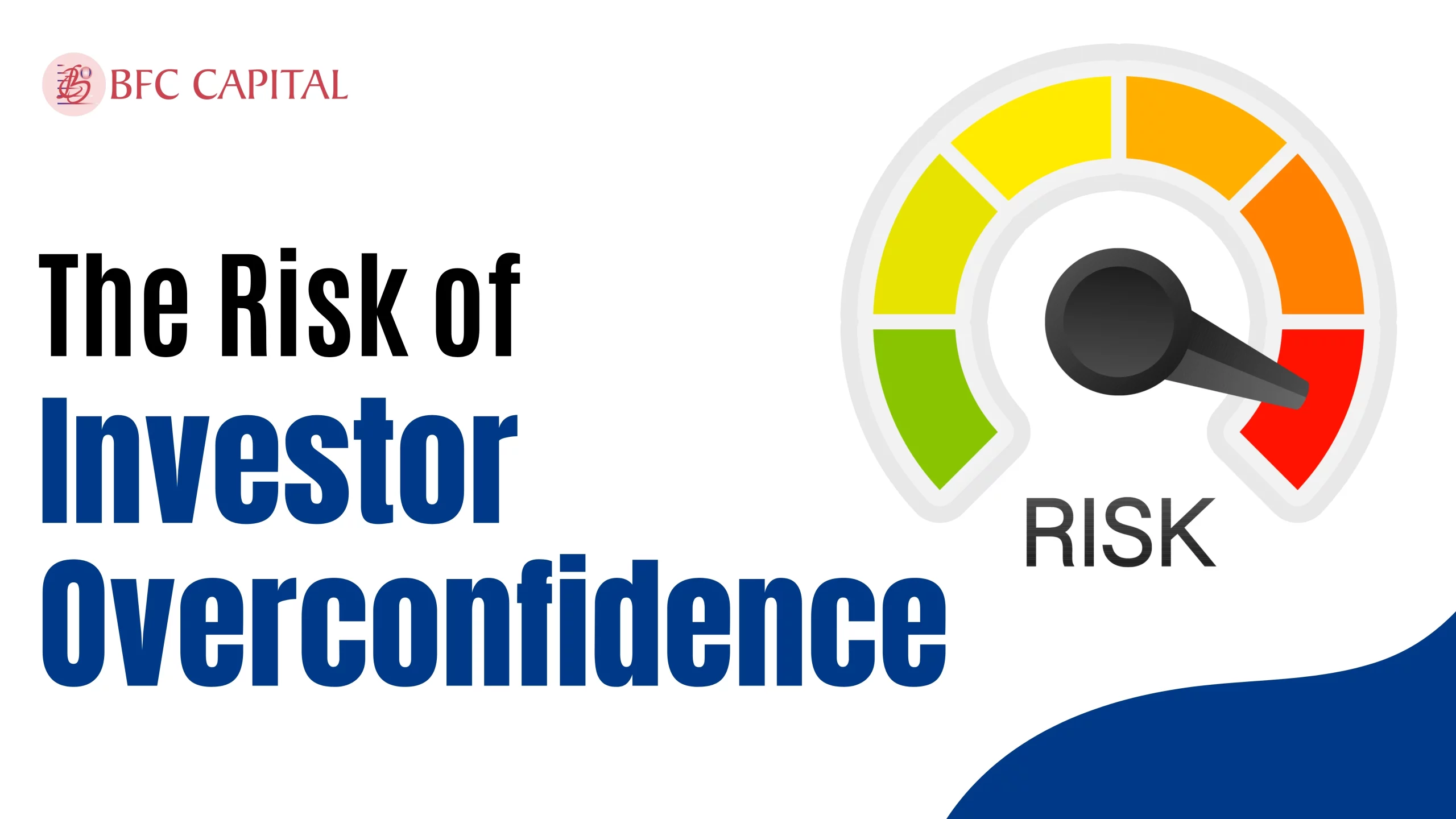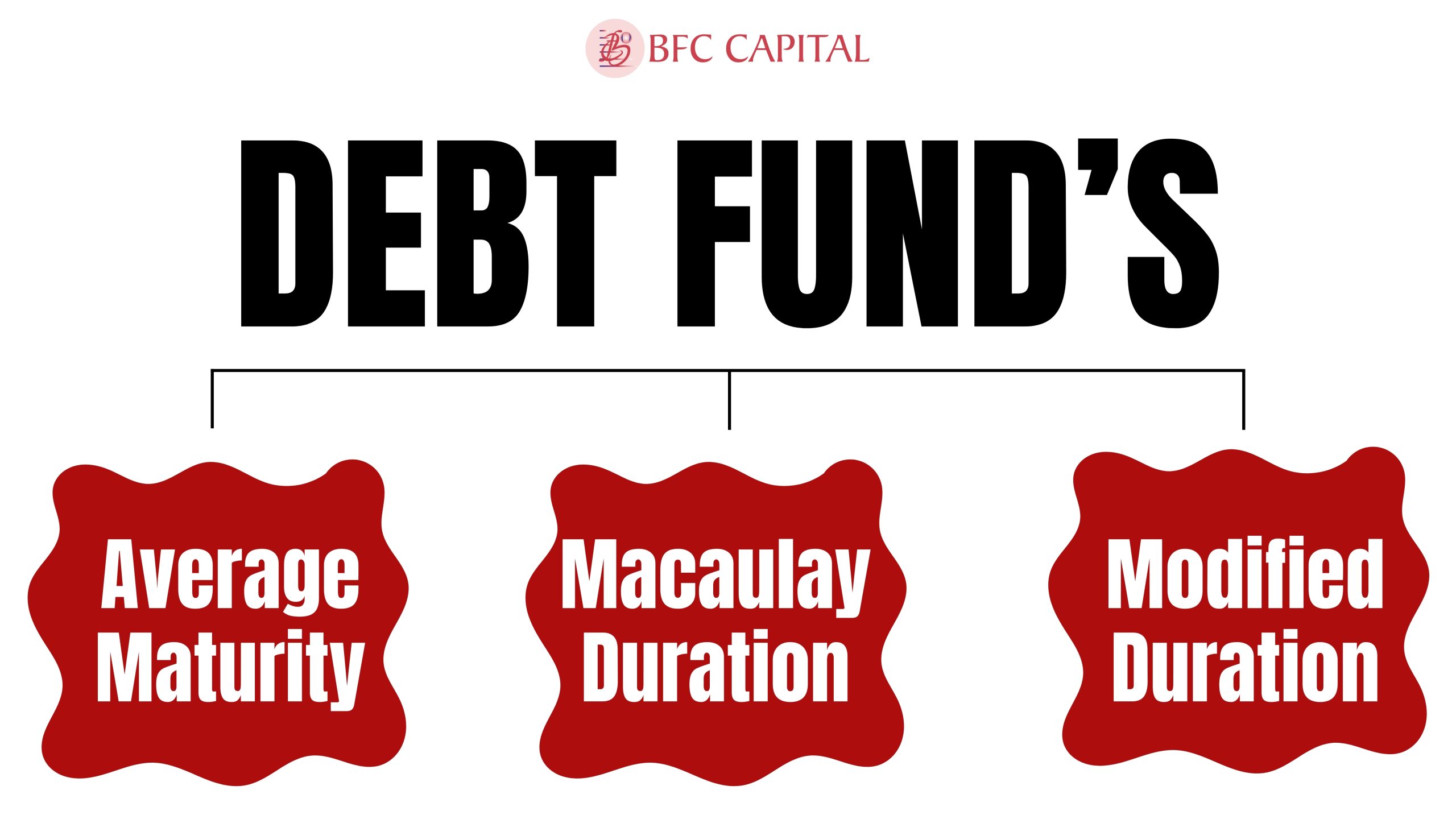
Multi Asset Allocation Fund
It really often feels like a labyrinth when one goes about investing in the many asset classes, strategies, and products available in the markets. Among these, there are not many special ones, but the multi-asset allocation funds are really special in nature as they give investors diversified exposure across different asset classes in just a single fund. But what is this, and how does the actual mechanism work?
These are mutual funds that help spread investments across various asset classes, which include equities, bonds, commodities, and sometimes even real estate. The main objective of these funds is proper diversification for related investments to improve the risk-versus-reward equation in order to achieve better returns over time. As per SEBI there must be 3 asset classes in the portfolio at a time and minimum of 10% allocation should be there.
Table of Contents
Understanding the Structure and Benefits of Multi-Asset Allocation Funds
Investing in multi-asset allocation funds can offer several distinct advantages for both new and seasoned investors. These funds provide a diversified portfolio that spreads investments across multiple asset classes, thereby reducing risk and optimizing potential returns.
- Diversification
One of the greatest advantages of a multi-asset fund is its means of giving diversification to your portfolio allocation. Try to visualize it as a meal you are going to take: rather than putting all your money on the main dish, put a portion on the appetizer, add some to the main course, and maybe a little for dessert. If one dish was not quite what you expected, the other courses in your meal will give satisfaction. This mix of investments helps balance the risk and reward, ensuring that poor performance in one area can be cushioned by better performance in another.
- Automatic Portfolio Rebalancing
Markets won’t always go one way, up or down, in a perfect line; they are like a seesaw. The investor has to rebalance the investments at periodic intervals to keep them from getting out of balance. In multi-asset allocation funds, the fund manager makes sure that the portfolio allocation is optimal, and if needed, re-allocates to adjust for market fluctuations to meet investment objectives. This is much like adjusting the ingredients of your meal to get a good flavor and ensuring that your investment strategy stays in sync with the goals of your investment.
- Flexibility and Accessibility
Multi-asset allocation funds target a broad investor market. In contrast, there is only the one single solution that you can avail of through a simple SIP or a one-time investment at the same time. This, once again, becomes very convenient for both types of investors—new and old—to work in diversified markets without going into complexities within each asset class.
Key Considerations Before Investing
Before you invest your money in a fund whose investment is a multi-asset allocation, consider the following first:
- Risk Tolerance
Choose a multi-asset fund that matches your risk comfort—conservative for stability, aggressive for higher returns. Ensure the fund’s risk profile aligns with your goals.
- Investment Horizon
Multi-asset allocation funds are best suited for medium to long-term investments. They are designed to navigate market cycles, and their diversified nature makes them ideal for investors with a longer horizon.
- Fund Performance and Manager Expertise
One needs to examine historical performance of the fund and also the experience and expertise of a fund manager. A fund manager with a proved longer track has the capability of guiding through difficult times in the market by adjusting investments in the portfolio.
- Expense Ratio
The expense ratio is an indicator of managing costs. Generally, the fund with expenses that are the lowest on average wins, although such low expense ratios should be balanced against the performance and services accorded by the fund.
Advantages and Disadvantages
Advantages
- Reduced Risk: Multi-asset allocation funds inherently diversify across assets, thereby lowering the risk associated with your portfolio.
- Convenience: All these schemes offer a ready-made portfolio, which means you do not bust your head off managing individual assets.
- Automatic Rebalancing: Fund Manager Rebalances the Portfolio according to the market condition, and he chooses whether to go for overweight or underweight on a particular asset class.
Disadvantages
- Complexity: Despite their convenience, the underlying mix of assets can make these funds difficult to fully grasp for some investors.
- Fees: Some multi-asset investments tend to be more expensive because the management and diversification used are active.
Real-World Analogies
You can approach multi-asset allocation funds like dieting. Not all carbs, and definitely not all proteins—just as you wouldn’t put your money into one kind of asset. A mix of vegetables, proteins, and grains brings a healthier and balanced meal. Thus, multi-asset funds combine different investments to create a more balanced portfolio.
Conclusion
Multi-asset allocation funds offer an all-weather approach, harmonizing the trade-off between risk and expected return by investing over varieties of asset classes. Multi-asset fund strategies are ideal for investors with no time, looking for a balanced and potentially stable portfolio that does not need management on an ongoing basis. For choosing this option towards furthering your financial goals, which can be realized after your risk-tolerance consideration, you stand to gain flexibility from these options.
Call to Action
To learn more about mutual funds, contact us via Phone, WhatsApp, Email, or visit our Website. Additionally, you can download the Prodigy Pro app to start investing today!
Disclaimer – This article is for educational purposes only and by no means intends to substitute expert guidance. Mutual fund investments are subject to market risks. Please read all scheme-related documents carefully before investing.

Assistant Vice President – Research & Analysis
Akash Gupta heads the Research & Analysis department at BFC CAPITAL, where he combines in-depth market insights with strategic analysis. He holds multiple certifications, including:
- NISM-Series-XIII: Common Derivatives Certification
- NISM-Series-VIII: Equity Derivatives Certification
- NISM-Series-XXI-A: Portfolio Management Services Certification
- IRDAI Certification
With his expertise in equity, derivatives, and portfolio management, Akash plays a key role in providing research-backed strategies and actionable insights to help clients navigate the investment landscape.






